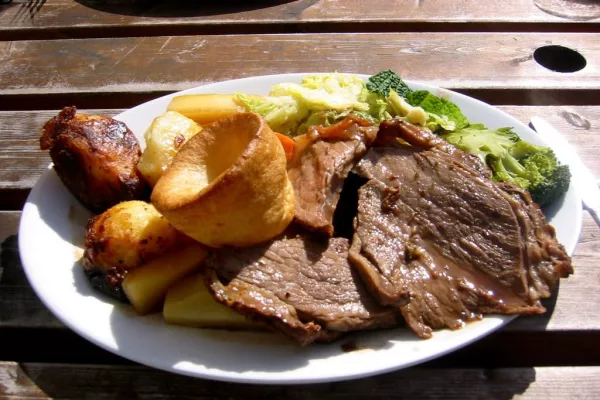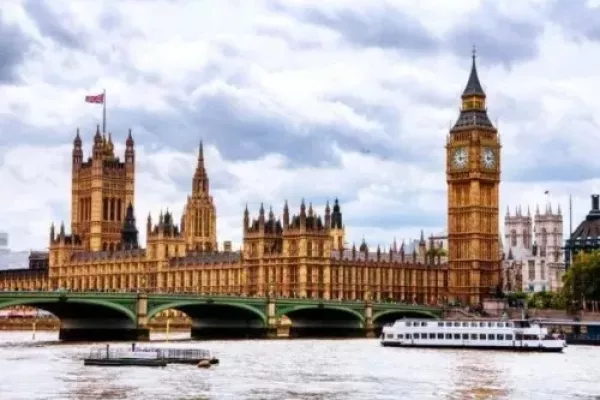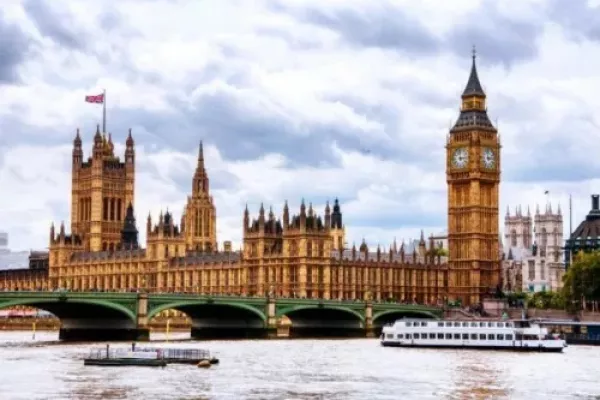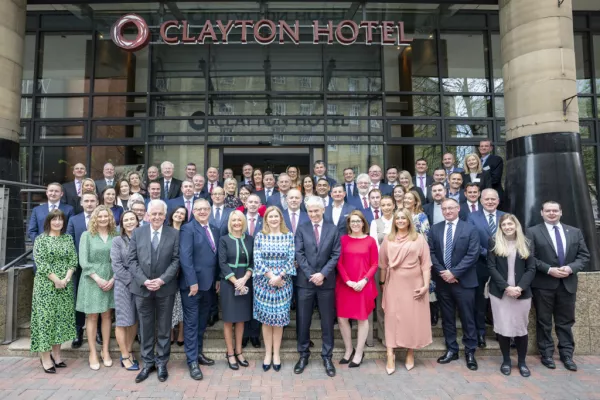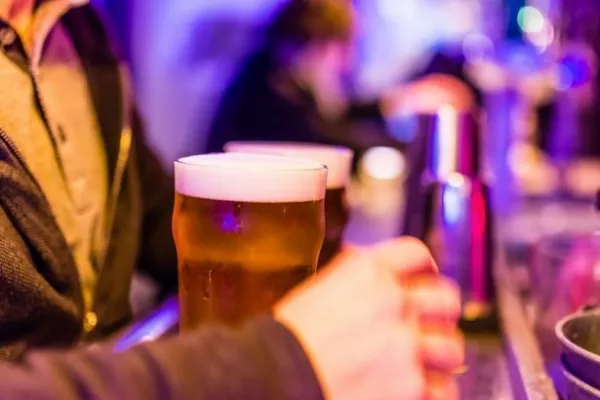Britain's claims to culinary greatness can be a little thin. Traditional favourites such as bubble & squeak, toad in the hole, welsh rarebit and spotted dick don't necessarily translate for an international audience. Some foreigners still accept W. Somerset Maugham's assertion — "To eat well in England you should have breakfast three times a day" — though we are pretty good at afternoon tea, too.
But there's one dish that won't roll over in the face of competition from superpowers of global gastronomy like France. We have roast beef, a robust dish that has been enjoyed for centuries. The historical French slang for the British, les Rosbifs, references our love of a good roast. I'm glad that they never got around to calling us Yorkshire puddings.
The British painter William Hogarth celebrated his riposte to France's claims of culinary superiority in a 1748 painting — O the Roast Beef of Old England ('The Gate of Calais') — that puts our beef smack in the middle of a xenophobic painting set in France.
Britons tend to associate roast beef with family meals on Sundays. It's a nostalgia thing, like Proust with his madeleines. When I was young in the 1960s, Sunday meant a plate piled high with meat, potatoes and Yorkshire pudding, smothered in gravy. My mother was from Yorkshire, so the puddings were great. But her cooking skills were limited and my father liked his beef very well done. My fond memories of such family meals are mixed with relief that I no longer have to eat so badly. British food has moved on, and so have I.
If I say British beef is among the best in the world, it's not out of the narrow nationalism of the Brexit era. I've interviewed chefs from around the world and many say the same. Even a leading Paris butcher, Yves-Marie le Bourdonnec, says so.
So where to go for a great British roast in London? Here are three fine places. Please don't point out that the third chef is French.
The Goring
If it's a posh Sunday roast you want, look no further. The Goring, near Buckingham Palace, holds a Royal Warrant from Queen Elizabeth II, whose late mother was a regular. Kate Middleton—now the Duchess of Cambridge—chose the hotel for her final night as a commoner before marrying Prince William in 2011. The dining room is elegant and hushed. Most guests are of an age where they probably don't need to be asked to avoid sportswear, jeans and trainers. Roast rib of Ross County beef is carved from a silver trolley. It's £55 ($70) for three courses.
The Gilbert Scott
This British restaurant is housed in the Gothic splendor of the 19th century hotel at St. Pancras station. There can be few dining rooms where the architecture is so dramatic and the ceilings so high. (The architect, George Gilbert Scott, also designed the Albert Memorial.) Chef-owner Marcus Wareing describes the restaurant as an English feasting hall. The gravy for the roast Aberdeen Angus beef features red wine, which isn't exactly how Mum did it. (She went with Bisto.) The three-course Sunday roast costs £35.
Claude Bosi at Bibendum
Claude Bosi was born in Lyon. Curse him for improving on our Sunday roast. Not only does he cook his Yorkshire puddings in beef dripping. He fills them with beef jam—braised shoulder cooked with sweet and sour spices. They are sensational. Fortunately, he doesn't mess around with the roast itself. He uses grass-fed, dry-aged beef from Cornwall in the west of England. It's cooked on the rotisserie for about 20 minutes and served on a trolley, carved table-side and served with roast potatoes and gravy. It is the best. It costs £29.50.
Article by Richard Vines, chief food critic at Bloomberg.
